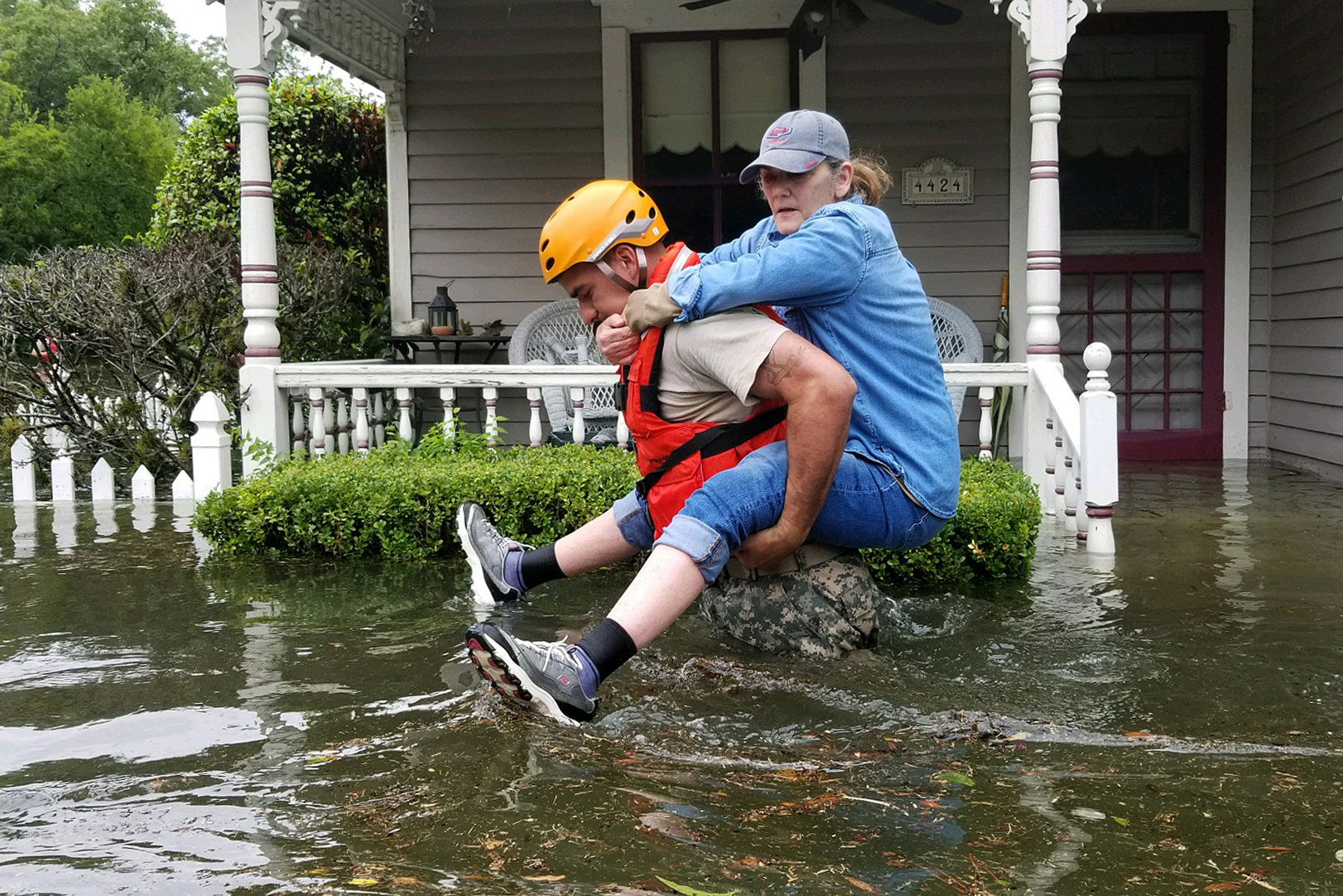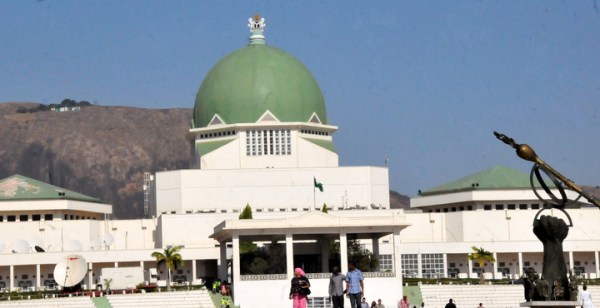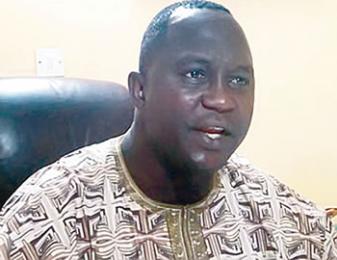“What we’re trying to communicate to our folks is: You’ve made your decision. It’s time to hunker down and ride out this storm,” Tallahassee Mayor Andrew Gillum said Wednesday morning.
Michael is extremely dangerous and could further strengthen before making landfall in the Panhandle, perhaps near Panama City Beach, in the early afternoon, CNN meteorologist Chad Myers said.
Among the dangers: Flash-flooding with heavy rain; life-threatening storm surges up to 13 feet high; and devastating winds, not just in the Panhandle, but southern Alabama and Georgia.
If the eyewall hits the coast at 140 mph or 145 mph, as predicted, it would deliver damage like a strong tornado. “But instead of lasting 30 seconds, it lasts for one hour,” Myers said.
“There will be hundreds of thousands, if not millions, without power for a very long time,” Myers said.
Latest Developments
As of 8 a.m. ET, Michael’s center had maximum sustained winds of 145 mph, and was about 90 miles southwest of Panama City.
About 3.8 million people are under hurricane warnings in Florida’s Panhandle and Big Bend regions, along with parts of southeastern Alabama and southern Georgia. Tropical storm warnings cover 15.9 million people in several states.
Six airports in the Panhandle have closed in anticipation of the storm’s impacts.
Emergency officials in Bay County, where Michael is expected to make landfall, were already reporting rapidly deteriorating conditions.
Track the storm
Governor to residents: ‘Get out’
Gov. Rick Scott described it as a “monstrous storm” and urged people to get out of the way. State officials issued mandatory or voluntary evacuation orders in at least 22 counties on the Florida Gulf Coast.
Scott extended a state of emergency to 35 counties and activated 2,500 National Guardsmen.
“Hurricane Michael is forecast to be the most destructive storm to hit the Florida Panhandle in decades,” Scott said. “You cannot hide from storm surge, so get out if an evacuation is ordered.”
President Donald Trump approved a pre-landfall emergency declaration to provide federal money and help in Florida.
If it makes landfall as a Category 4, Michael would not only be the strongest hurricane to hit the Florida Panhandle in recorded history, but it also would be the strongest storm in terms of wind speed to make landfall in the country this year.
Only three major hurricanes Category 3 or higher have struck the Panhandle since 1950: Eloise in 1975, Opal in 1995 and Dennis in 2005.
Rain just one of several threats
While it’s likely to weaken as it moves across the southeastern United States, its heavy rains and flooding effects will spread far and wide.
Up to 12 inches of rain could fall in the Panhandle and Big Bend, southeastern Alabama and southern Georgia. Some parts of the Carolinas — recently deluged by Hurricane Florence — and southern Virginia could see up to 6 inches, the hurricane center said.
Florence made landfall last month as a Category 1 storm, killing dozens in the Carolinas and Virginia.
“Michael is likely to produce potentially catastrophic wind damage where the core of the hurricane moves onshore in the Florida Panhandle, and everyone in the hurricane warning area should prepare for life-threatening hurricane winds,” the hurricane center said. “Dangerous hurricane-force winds will also extend well inland across portions of the Florida Panhandle, southern Georgia, and southeast Alabama as Michael moves inland,”But the storm’s center and where it makes landfall with its destructive winds represent just one of several concerns.
Life-threatening storm surges could slam the Florida Gulf Coast, with the deadliest of possibly 9 to 13 feet expected between Mexico Beach and Keaton Beach.
“That means the water will come miles in shore and could easily be over the roofs of houses,” Scott said. Damaging winds are expected in Florida, southeastern Alabama and southern Georgia. Tornadoes could spawn in the Southeast Wednesday into Thursday, forecasters said.
Meanwhile, tropical storm watches were in effect in some coastal areas of Mississippi, Florida, Georgia and South Carolina. Storm surge warnings were also in place along the Florida and Alabama coasts.
US Rep. Neal Dunn, whose district includes Panama City, urged people under evacuation orders to get out before tropical-storm-force winds arrived. He focused on islands off the coast whose bridges may close as the storm approaches.
“You haven’t got anywhere to go (if the bridges close),” he said Tuesday. “And then you’re riding it out in your car instead of something else. So, we need the residents to be leaving today because by this evening, those bridges are going to be in peril of being closed.”
“If you live along the coast and were told to evacuate…this is YOUR LAST CHANCE. Hurricane Michael is an unprecedented event and cannot be compared to any of our previous events. Do not risk your life, leave NOW if you were told to do so,” the NWS in Tallahassee, Florida, tweeted Wednesday morning.
Georgia and Alabama declare emergencies
Tolls were being suspended in the state’s northwest region to ease the evacuation process, and the Florida Highway Patrol is sending nearly 350 state troopers to the Panhandle and Big Bend areas, Scott said.
The mayor of Apalachicola, Florida, told CNN the sewer system for the entire town was shut down at 5 p.m. ET Tuesday in preparation for the hurricane. The water is still turned on.
“We had a mandatory evacuation order. We are expecting a 12-foot storm surge and we were worried it would inundate the sewer system and when we went to turn it back on, it would have problems,” Mayor Van Johnson said.
Six airports in the Florida Panhandle have closed in anticipation of the storm’s impacts. Tallahassee International Airport, Pensacola International Airport, Destin-Fort Walton Beach Airport, Destin Executive Airport, Bob Sikes Airport and Northwest Florida Beaches International Airport each issued statements saying they were closed Wednesday morning.
Georgia Gov. Nathan Deal declared an emergency for 92 counties.
Alabama Gov. Kay Ivey issued a statewide state of emergency, saying on Twitter it was “in anticipation of wide-spread power outages, wind damage and debris produced by high winds & heavy rain associated with Hurricane Michael.” Her declaration activates the state’s emergency operations plan.





